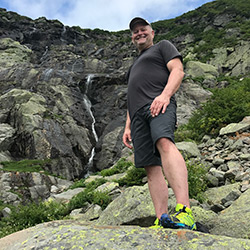 Today’s interview comes from Barrington, New Hampshire and features an inspirational and talented nature, landscape, and wildlife Photographer. His name is Jeff Sinon and he excels at capturing breathtaking images of the natural world. With a unique approach and keen eye, Jeff has the ability to capture and convey his connection with nature in all its beauty. Jeff’s body of work is quite diverse and his passion for photography speaks for itself.
Today’s interview comes from Barrington, New Hampshire and features an inspirational and talented nature, landscape, and wildlife Photographer. His name is Jeff Sinon and he excels at capturing breathtaking images of the natural world. With a unique approach and keen eye, Jeff has the ability to capture and convey his connection with nature in all its beauty. Jeff’s body of work is quite diverse and his passion for photography speaks for itself.
Thank you, Jeff, for taking the time to respond to each question and giving the readers a glimpse into the mind of a person who truly enjoys what they do. It was a pleasure getting to know you and about your work. You are a remarkable photographer and someone who is definitely worth following.
If you would like to see more of Jeff’s work, read his blog or learn about his services and workshops, please visit his website. You can also follow him on Instagram.
Can you please tell the readers a bit about yourself?
My “Real” job is as an auto mechanic, which I’ve been doing for almost 35 years now. The funny thing is the statements of surprise I get when people who know me through my photography first, then find out that it’s not my full-time job (I wish!), and that I’m an auto mechanic in my other, non-photography life. I guess the mechanic and the artist are hard for people to reconcile.
Where is home?
Home for me currently is Barrington, NH, where I live with my wife and daughter.
After browsing through your website, I see that you’re truly immersed in the field of photography. What is it that led you towards photography and how long have you been working in it?
Better sit down, this could take a while.
While I was always pretty artistic as a kid, drawing, painting, almost went to art school, it was a brief interest in astronomy that accidentally led me to photography back in 2008. Reading various astronomy magazines and online forums I was in awe of some of the photographs people were making through their telescopes with DSLR cameras. This led me to think “I could do that.” At which point I started looking at cameras. I liked the idea that I could use a camera to photograph celestial objects, then be able to use the same camera to go take regular day to day kind of photos.
During all this time I was also an avid hunter, so I spent a great deal of time outdoors in nature. It didn’t take long for me to realize I derived just as much pleasure from walking through the woods carrying a camera as I did while carrying a shotgun in search of grouse.
It was this realization that soon had me giving up hunting, selling off all of my guns, and pursuing photography with a passion.
At first, photography was just for me. I simply fell in love with being out in nature and taking pictures. But then people started telling me I was pretty good, some even asking if they could buy prints. So slowly but surely I started taking photography in a more professional direction. I started a blog, a Facebook page, later adding Instagram to the mix.
That being said, with the exception of some of the commercial work I do, I still photography primarily for me. I refuse to let the desire to sell a print change what I photograph or the way I photograph it. I believe the best images are the result of the photographer having a passion for the subject. I think a skilled photographer can make a good photo of anything, but I think great photographs are the result of a love of the subject.
I also discovered I loved sharing the knowledge and experience I was gaining as a photographer. At first, it caught me off guard when people would ask me for advice and tips. I mean, who was I to be giving anyone advice on anything. But I loved it. This, in turn, led to me offering workshops. I was receiving too many requests via both my blog and Facebook page to ignore. So about 5 years ago I started offering small group workshops, mostly in the White Mountains here in New Hampshire.
Which brings me to present day, where my waterfall and fall foliage workshops regularly fill up, and my images have been purchased not just as prints, but for use in magazines, books, even on an award presented to one of the directors of the EPA in Washington, D.C.
The funny thing is, I never did take one single picture through that telescope that started it all.
When shooting subjects, what do you find most challenging?
For me the most challenging thing can still be seeing photograph within the wider scene. No matter the beauty of the scene before me, isolating the few key elements that really convey the beauty and grandeur can sometimes be difficult.
What would you say your most remarkable wildlife encounter has been?
That’s easy. A few years ago I was camping in Crawford Notch, NH. Early one morning, after returning to my campsite after I’d gone out shooting, I heard this noise. Looking up there, not 100 feet across the clearing was a mother black bear with three cubs. My first thought was, “Time To Go!!” But I realized Mom was sleeping while the cubs played. She did eventually wake, which allowed me to capture what is still one of my most asked about photos. Then, apparently deciding I wasn’t a threat, she put her head back down and went back to sleep.
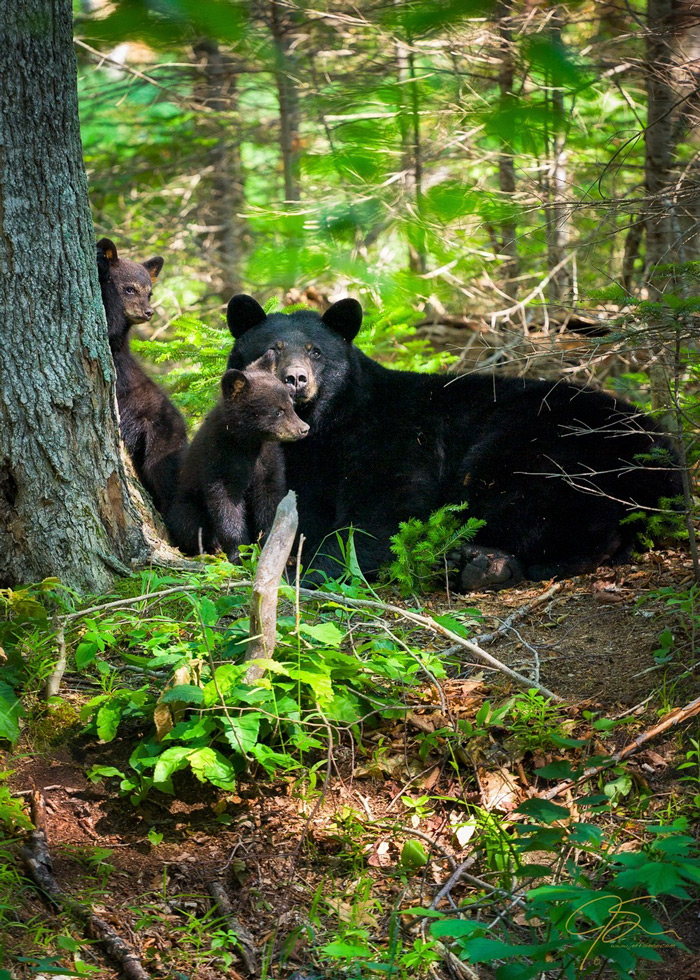
Location and weather conditions seem to be a crucial aspect of a successful photograph. How do you handle these unpredictable factors?
When it comes to weather, I have a prepare for the worst and hope for the best philosophy. I feel dramatic weather is as important as location when it comes to landscape photography. With this in mind I pay very close attention to the weather prior to heading out to photograph, this helps me decide what gear to bring, or whether or not I’m even going go in the first place. Rarely will I plan a day out when it’s going to be a crystal clear, blue sky day. I’m after the drama a cloud-filled sky may bring.
Paying attention to the weather is doubly important when I’m heading into the mountains. I love the White Mountains of NH, and my favorite time to photograph them is in the winter. Mountain weather can vary drastically from one hour to the next, with the forecast for the local area rarely being accurate for what it will be like at elevation. For this, I rely on the Mount Washington Observatory’s Hight Summits Forecast to plan my mountain adventures, or if I’m even going to go at all. Weather that in the valleys might be forecast to be in the high 20’s to low 30’s with a slight breeze, can drop into low single digit temps with wind gusts as high as 80 mph once I’m above the tree line.
Since I regularly hike alone I need to rely on a carefully selected collection of winter hiking gear to keep me warm and safe. That being said I have a self-imposed 50 mph sustained wind speed limit that I will willingly endure, if the Higher Summits forecast is calling for higher, I’ll reschedule my hike. Hiking when it’s -15° is one thing when there is just a mild wind. It’s a whole different level of adventure when the wind picks up, and above all safety is my primary concern. No photograph is worth risking injury, or worse.

What’s the best part of being a photographer?
I think the best thing photography has taught me is how to see. The way light and shadow play across even the most mundane objects, that there is beauty in almost anything given the right light, is something I never really noticed before.
What is the most challenging part of being a photographer?
What challenges me most is finding unique ways to photograph something. Whether it’s a waterfall or a lighthouse, or a mountain top, I’m always looking for interesting and unique angles when composing an image.
Share with us your favorite image and why.
Currently, my favorite image is this one I took last spring in Tuckerman Ravine. My friend Chris and I started up the Tuckerman Ravine Trail at about 3 a.m. in hope of some spectacular alpenglow on the headwall of the ravine at sunrise. Unfortunately, Mother Nature had other plans for us. As we arrived into the ravine we were greeted by snow, temps around 15-20 degrees, with winds gusting between 30-50 mph. The visibility was so poor we initially couldn’t see the walls of the ravine even though we were standing right at their base. Initially, we took shelter from the wind by the first aid cache located at the top of Little Headwall in hopes the sky would clear. As sunrise came and went without a hint of the sun, we decided to head back down the trail. Just as we were packing up our gear there was an opening in the sky through which this amazing beam of light shone down. What makes this image my (current) favorite is how I’m able to recall that day, everything from the hike in the dark, the windblown snow stinging my face, to the amazing scene that played out before us that day.
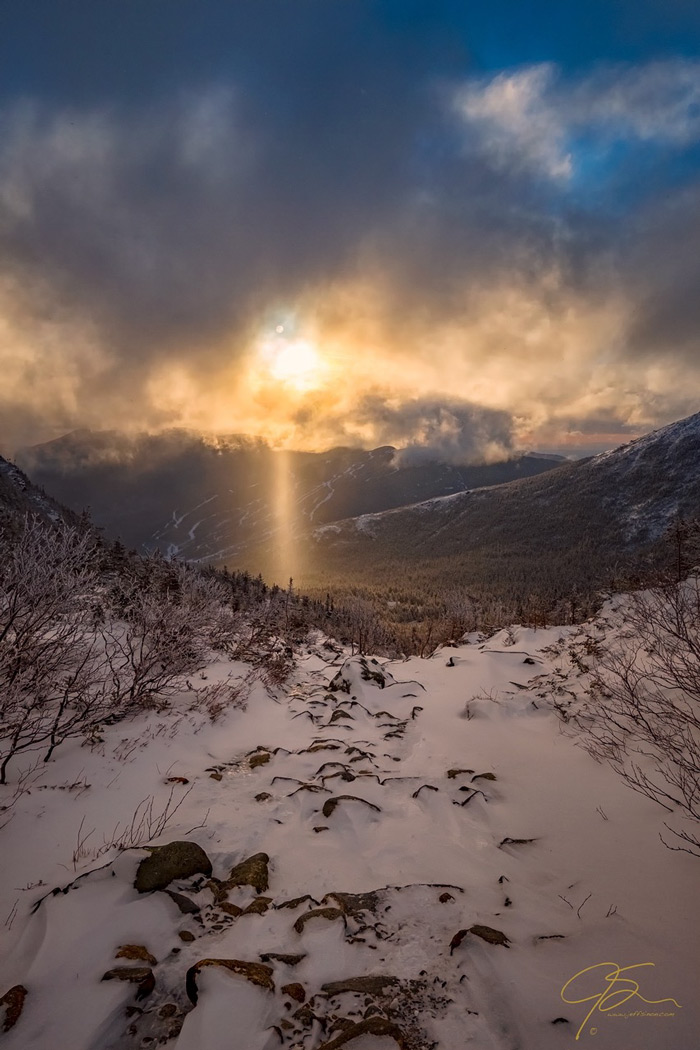
What do you hope viewers take away from your images?
There is immense beauty in nature, and through my images, I hope to inspire people to get out to enjoy and protect it.
What is one piece of advice you would like to offer a new photographer just starting out?
You have to be there when Mother Nature is showing off! I think that, in a nutshell, is one of these biggest things an aspiring landscape photographer can do to improve their photos. You’re going to get rained on. You’re going to give up on a lot of sleep. You’ll hike miles in the dark. You may on occasion even come home without ever pressing the shutter button because the weather didn’t cooperate. But if you’re willing to suffer through all of that, and more, in order to be there when Mother Nature is showing off, you’re going to make great images.
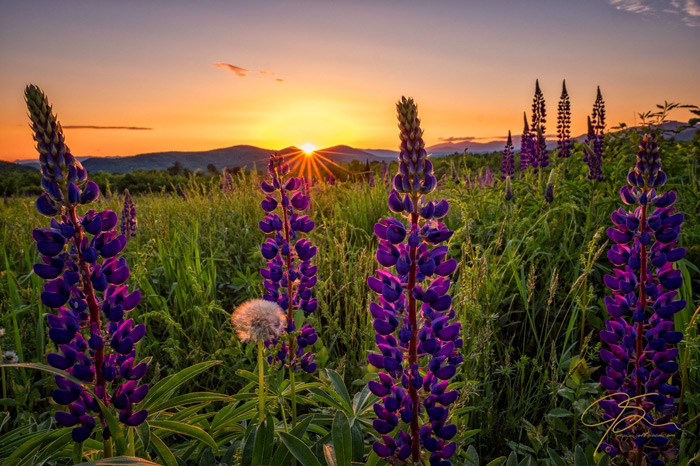
What type of camera(s) do you shoot with? What is your favorite lens?
Currently, I’m shooting with Fujifilm X-Series cameras, having switched from using Canon cameras and lenses a little over two years ago. I have both an X-Pro1 and the X-T2 along with several outstanding Fujinon lenses.
My favorite lens? That’s a tough one. It’s a tie between the XF16-55 f2.8 and the XF50-140 f2.8. Either one of these lenses rivals any of the L lenses from Canon that I’ve owned in the past, with the advantage of being smaller and lighter.
What is in your camera bag?
Besides camera and lenses, I keep a bulb blower, at least one microfiber lens cloth, spare batteries, at least one headlamp, and an assortment of ND (neutral density), graduated ND filters, along with a circular polarizing filter as well.
What is your favorite photography accessory?
My tripod, which I don’t think of as an accessory so much as I think of it as a necessary piece of equipment for the landscape photographer. There isn’t much that will improve your photography like a good sturdy tripod. Using a tripod enables you to securely mount your camera for good sharp shots. Using a tripod also has the added benefit of slowing you down, allowing you time to think about your composition.
What piece of equipment would you most like to get but don’t have yet?
Fuji released the X-T3 a couple of months ago, I’m hoping to add one to my bag in the near future.
How important is Photoshop or other image editing software in your final images?
In a word, Extremely! As far as I’m concerned pressing the shutter is only the beginning. Since I mostly shoot in RAW, so all of my photos, regardless of how well I composed the shot and the exposure is spot on, will require some enhancements before I consider it done. My current images editing tools are Lightroom and the Nik Collection of plugins.
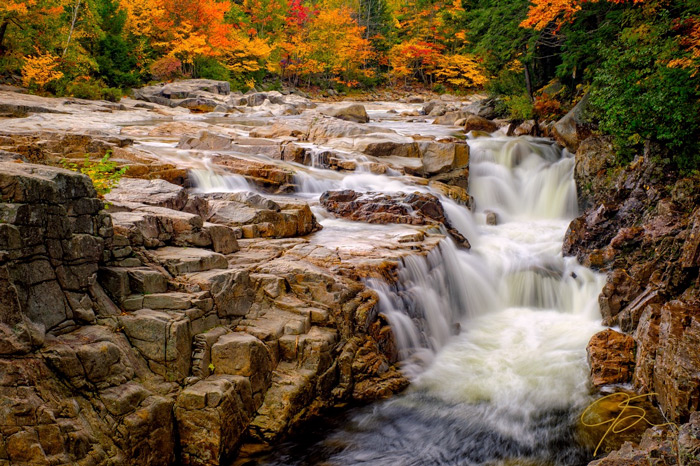
Can you tell me about one of your favorite or most memorable photo shoots? What made it so great and why did you like it so much?
This is a tough one, so I’ll give you a type of photo shoot rather than a specific shoot. My most memorable photo shoot involves extreme weather. Whether it’s a storm front moving out to sea at sunrise, or high winds and blowing snow in the mountains, when the conditions are right the results can be spectacular.
Do you have any projects that make you look back and shake your head? What made the experience so unpleasant?
As cliche as it may sound, I don’t see anything I’ve done since picking up my first camera as a failure, rather I see it as a learning experience. Though there is one thing I do that often has me shaking my head. I like to experiment a lot with compositions, and I’ll try just about anything that pops into my head while out on a shoot. Quite often, most of the time actually, when I look back at the photos I can’t help but wonder what the heck I was thinking.
Are there any areas of photography that you have yet to pick up on that you’d like to learn?
I would like to do more portrait photography. I have a basic knowledge of how to light people, I just haven’t done it enough for it to become second nature.
There are several areas of my photography I hope to expand on in the coming years. I would love it if my workshops were to really take off. My spring waterfall and fall foliage workshops are quite popular, but I’d like to do even more. I’ve also started photographing mountain running races, and I’d like to pursue that even further, expanding into other outdoor adventure sports.
What do you think the future holds for you? Where do you see yourself in the next few years?
In short, I’d like photography to put the final nail in the coffin of my day job. Wouldn’t we all?
Leave a Reply